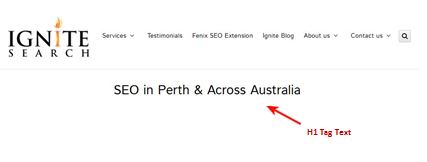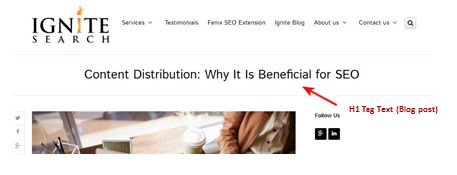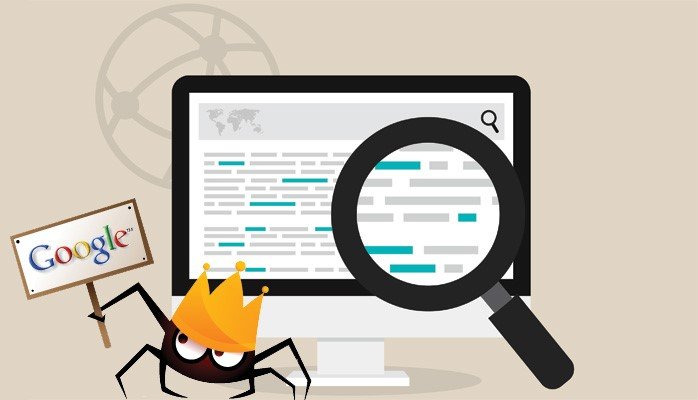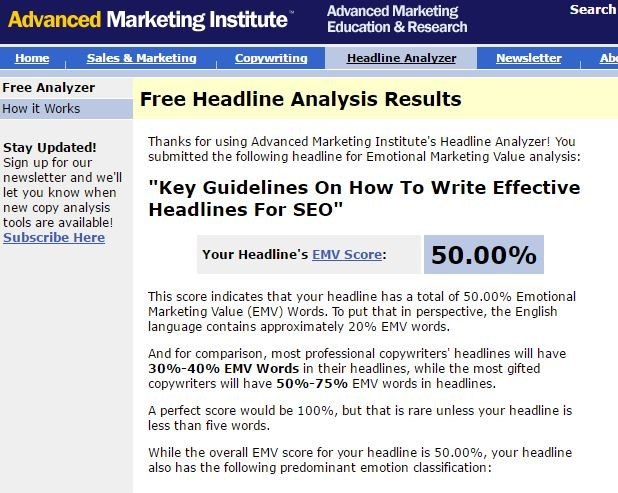By Airon Rodrigues
If you think back to Headline 101, your goal is to put the key element of a story in a headline. SEO-optimised headlines have their differences, but they share this simple mantra. A headline needs to grab the reader’s attention, build trust and help time-pressed consumers focus on the topics they care about. A headline connects readers with your content, giving you a chance to reach your audience across a digital world of information.
Headlines Types
In most cases, your headline represents your only chance to get a visitor to click through to your website, read or share your content; it’s one of the most powerful on-page SEO factors for search engines. There are distinct types of headlines or titles you can tweak to ensure them performing at full effect.
The types are:
Title Tag Text: These titles show up in search engines. It is the hyperlink that searchers click on directing them to a webpage. It also shows up in the title bar at the top of the web browser. Title Tags do not appear on the actual webpage of a website.
Note: An H1 Title for a blog post requires more creativity and thought than a standard h1 title for a webpage. A post’s title needs to catch the attention of the viewer and pull them in. If your blog’s title doesn’t grab your reader’s attention within a few seconds, then the likelihood of them reading the rest of your content is slim.
H1 Tag Text: These are the titles users will see on a webpage, whether that be a products page or a blog. It is in large text and acts as a title for the page. H1 Tags usually don’t appear in search engines as oppose to title tags which do.
Note: An H1 Title for a blog post requires more creativity and thought than a standard h1 title for a webpage. A post’s title needs to catch the attention of the viewer and pull them in. If your blog’s title doesn’t grab your reader’s attention within a few seconds, then the likelihood of them reading the rest of your content is slim.
But how do headlines impact your search engine results pages (SERPs)?
The title tag is used as a primary factor when determining what your page is about and it is displayed in organic search results. A title is an important-on-page SEO factor for three reasons; it’s the first thing people see, search engine places a heavy emphasis on headlines for ranking your page and a catchy, keyword rich headline can attracts more links if the headline is compelling enough.
So what needs to be included in your headline to achieve these goals?
Crafting Effective Headlines
Title Tag Checklist
- Title tags can be up to 70 characters long, including spaces.
- Try including the most important keyword in the beginning of your headline. Search engines give more weight to the beginning of a headline than at the end of a headline when ranking your pages.
- Brand name: If your company name is not part of the important keyword phrases, make it a suffix and put it at the end of the tag.
- Try keeping headlines unique for each piece of content.
- Keyword stuffing your headlines is not ideal because it is not beneficial to the user experience. As such, search engines like Google can look upon it unfavourable. can lead to penalisation.
- Make it relevant: Title tags must accurately describe the content on the page.
- Ensure that the title tag is unique, and not identical to other pages on the site.
An effective Meta Data tool for title tags? SEO Mofo
H1 Checklist
- Write for humans first. The headline needs to be compelling and descriptive.
- The h1 should describe the topic of your page.
- The h1 should be, but is not limited to, 20-70 characters.
- It should stand out on the page e.g. being larger in terms of font size and positioning
- Use only 1 H1 tag per page.
- Include call to action (CTA) words such as discover, learn, find out.
- Use industry abbreviations such as SEO instead of Search Engine Optimization.
H1 Tips For A Blog Post
- Keep it accurate.
- Add creativity through the use of alliteration.
- Make the value proposition clear.
- Keep it short and concise.
- Use numbers to add specificity. E.g. 5 Reasons to Eat Healthy
- Use strong adjectives and verbs.
In addition to guidelines, helpful tools such as Advanced Marketing Institute’s Headline Analyser can determine the functionality of your headline and the Intellectual, Empathetic and Spiritual components that grade its overall effectiveness.
A compelling headline should not only be relevant to search engines, but it is also the number one factor for visitors deciding whether they want to click through to your website.
The eventual goal is to get the visitors to engage and convert. Depending on the nature of the content, that can include: reading the body content, sharing the post, linking to the post page or if it is a direct marketing piece, actually making a purchase.















